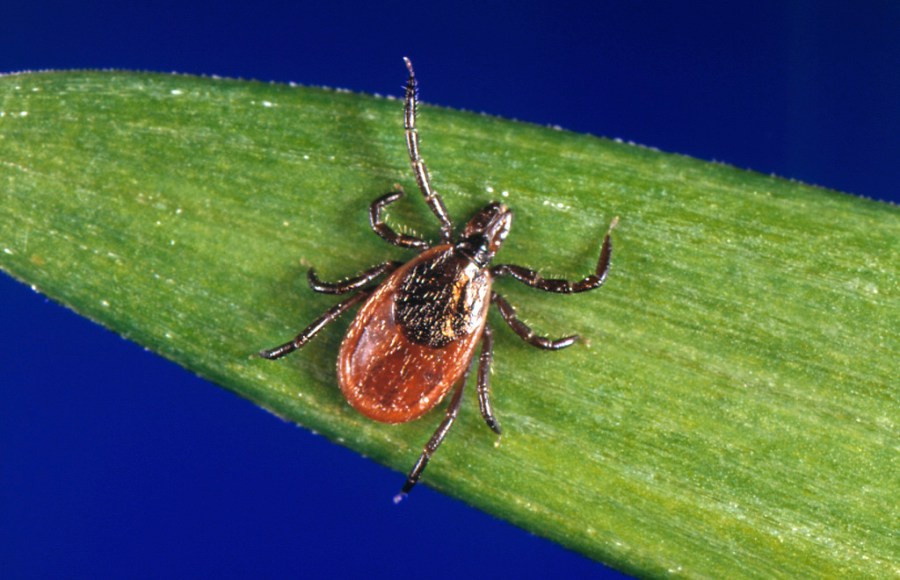Emergency room visits for tick bites have significantly increased this summer, according to data from the Centers for Disease Control and Prevention (CDC). The CDC’s statistics indicate that this year’s visits are higher than all previous years except for 2017, the earliest year recorded in their tracking system. Most cases have emerged in the Northeast, with notable numbers also reported in the Midwest and Southeast regions.
The data reveals that children under 10 and adults over 70 have the highest rates of emergency room visits due to tick bites. As individuals spend more time outdoors during the summer months, the incidence of tick infections becomes more apparent. Sam Telford, an infectious diseases expert at Tufts University, highlights the importance of vigilance year-round, stating, “Every season is tick season.”
Regional Variations and Population Trends
Tick populations can vary significantly across regions. Some states in the Northeast, including Maine, Massachusetts, and Rhode Island, are experiencing “above average” numbers of the American dog tick this year. In New York, there has also been an increase in reported deer tick bites compared to last year, according to Saravanan Thangamani of SUNY Upstate Medical University.
While the rise in tick-related incidents is concerning, it is essential for outdoor enthusiasts to take precautions rather than avoid outdoor activities altogether. Dr. Christopher Bazzoli, an emergency medicine physician at the Cleveland Clinic, advises that protective clothing is vital. This includes wearing long sleeves, long pants, and tucking in clothing, along with using effective insect repellents.
Preventive Measures and Response to Tick Bites
Ticks are drawn to warm, moist areas of the body, such as underarms and behind the knees. When checking for ticks, individuals should examine every inch of their bodies, including the scalp. If a tick is found, Bazzoli recommends using tweezers to grasp the tick as close to the skin as possible and pulling it straight out. If the tick does not come out clean, tweezers can be used to remove any remaining parts.
Post-removal, there is a risk of secondary infections due to the break in the skin. Bazzoli stresses the importance of washing the affected area with warm, soapy water to minimize this risk. Symptoms that warrant a visit to a healthcare provider include rash, fever, headache, or fatigue.
Pet owners should also be vigilant, ensuring their pets are thoroughly checked for ticks, especially in areas like under collars and between toes.
As the summer progresses, awareness and proactive measures can help mitigate the risks associated with tick bites. Staying informed and prepared is crucial in preventing tick-borne diseases while enjoying outdoor activities.
